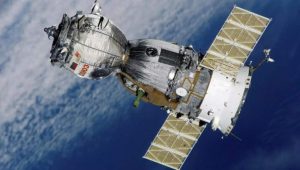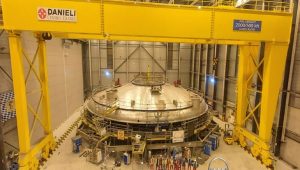The James Webb Space Telescope of NASA has captured a picture showing over 45,000 galaxies in a single frame. The image was captured as part of the JWST Advanced Deep Extragalactic Survey (JADES) program.
The world’s most powerful observatory scanned a patch of sky and came across a star factory packed with galaxies. The image shows a portion of an area of the sky known as GOODS-South, previously observed by the Hubble telescope as well.
The JADES program will devote about 32 days of telescope time to uncover and characterise faint, far-off galaxies as astronomers try to understand the formation of first stars and galaxies. The team investigated galaxies that existed 500 to 850 million years after the Big Bang when the region was filled with a gaseous fog that made it opaque to energetic light. This fog cleared about a billion years later, making the universe transparent.
Astronomers used Webb’s NIRSpec (Near-Infrared Spectrograph) instrument to look for signatures of star formation in that early period of the universe. The team also discovered that these early galaxies experienced periods of rapid star formation together with quiet periods where fewer stars formed.















